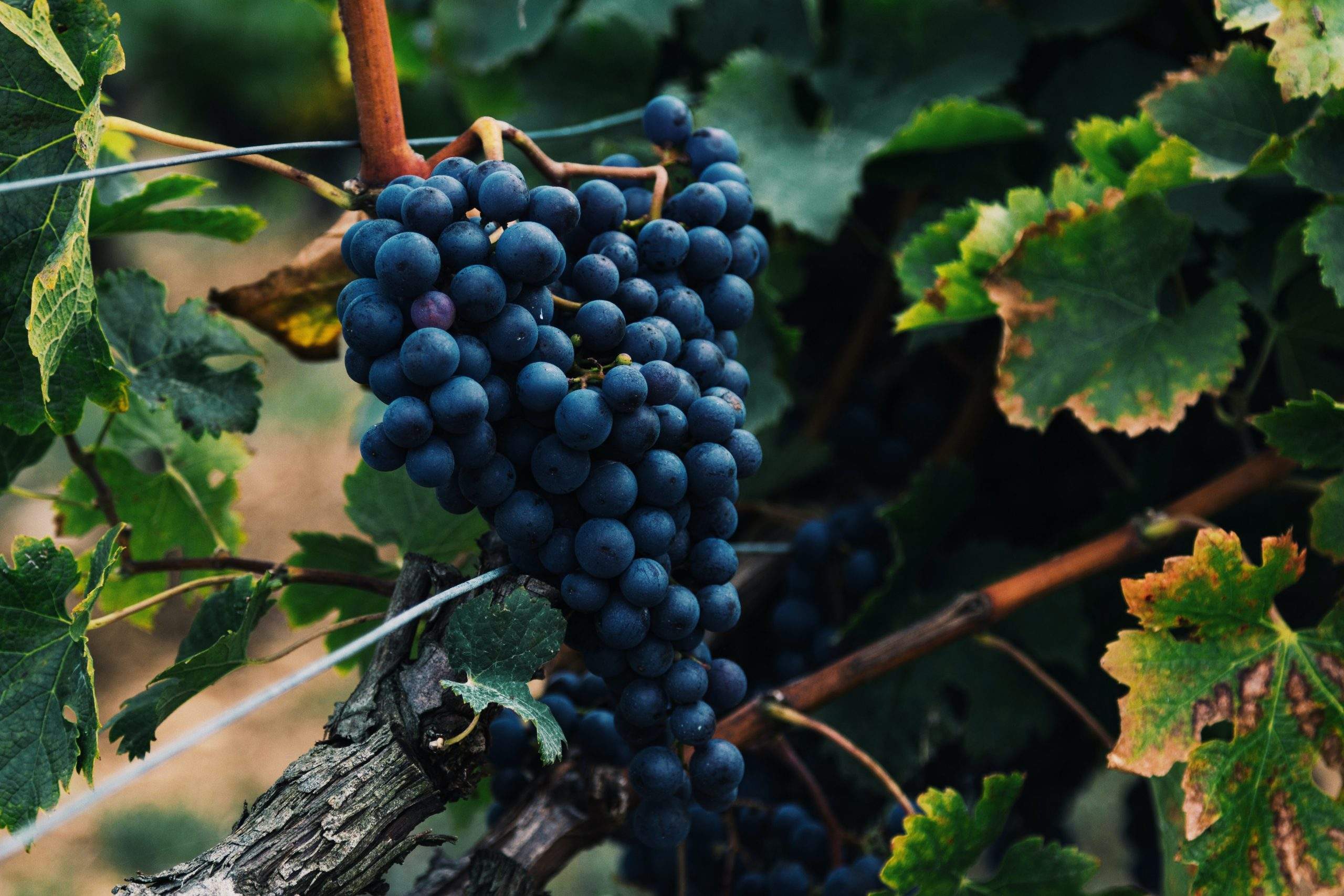France has long been known as the premier exporter of fine, traditional wines. However, they aren’t afraid to innovate when the result is a higher quality product with less waste and a more ecologically sustainable operation. Let’s take a look at some of the most exciting tech innovations in the French wine industry.
France has been a leader in wine production – and innovation – for thousands of years.
In fact, France has been a leader in wine production and export since long before the region was known as ‘France’. Viniculture first began there more than 2600 years ago, most likely imported by immigrants from Asia Minor, now a part of Turkey.
The best-known wine producing regions today – the Rhone, the Loire Valley, Languedoc, Champagne, Burgundy, Bordeaux and Alsace were developed by the romans some 2000 years ago.
Today, France has more than 800,000 hectares devoted to wine production. This accounts for some 15% of the nation’s agricultural revenues, and 16% of global wine production by volume. Some 30% of France’s wine and spirits production is destined for export, bringing in more than €13 billion. In addition, the wine industry attracts some 10 million tourists in a typical year.
“Because of its long familiarity with wine production, France is ideally situated to innovate in a sensitive manner which respects rather than rejects tradition.”
France leads the way in many kinds of viniculture-oriented agritech, and is setting a model for advanced viniculture techniques all over the world. Many of its most effective innovations are used to support cultivation and minimise its reliance on low-paid human labour. For example:
Naïo Technologies’s TED robotic weeding system
The TED system is centred around an autonomous weeding robot. This negates the necessity for herbicides, and allows vintners to produce organic, chemical residue-free wines without losing harvest volume or quality. Perhaps more importantly, it can do so much more cheaply and consistently than by using human weeders.
VitiBot’s Hector vine tending System
The Hector system is already deployed in many parts of Champagne. It straddles the vine rows, roving autonomously for up to 10 hours on a single charge, to treat individual vines and work the soil as it passes. Hector’s real strength is as a platform that can mount a wide range of autonomous agricultural tools and sensors that vintners can use to better manage the vines.
Similar exciting developments are being made by groups like DiiMotion, R-tech Oenology and Vegetal Signals.
However, those are only the most visible, on-the-spot viniculture support technologies revolutionising the French wine industry. It is also important to recognise more behind-the-scenes innovations like:
ITK’s Vintel® System
The Vintel® System may be less visible, but it is no less vital to a healthy and efficient vineyard. Here, ITK has developed a ‘decision support system’ which collects data from a range of on-site and remote sensors and weather stations in order to anticipate threats to the vines, such as frost or mildew. Combined with the generational expertise of the vintner, an agricultural intelligence system like Vintel® can dramatically improve the quantity and quality of your crops.
Scanopy’s vine mapping system
Scanopy uses aerial drones to scan vinyards, producing 3d models which can be analysed in great detail. The resultant information can be used by vintners to better plan interventions and future development.
Other notable remote sensing and decision support innovators operating in France include WeatherMeasures, Vinsoft, PrimusSoft, Sencrop and Meteus.
The world of wine production and distribution is anything but static. The last few decades have seen sweeping modernisations and innovations that would make a 19th century vintner shudder. However, though it now incorporates advanced mildew sensors, drone monitors and a greatly enhanced respect for sustainable development, wine-making in France has retained both its heart and its reputation for authenticity.
Like other revolutions in French viniculture over the last 2000 years, these new developments are sure to spread to the rest of the world. Expect the next ten years to feature many of the most effective tools, systems, and big data analytical aids developed for and by the French wine industry to be deployed all over the world, offering similar improvements.
